Best Trays for Transporting Seedlings Safely
2025-10-23 17:04:19
The journey from nursery to planting site is often more challenging for seedlings than their initial germination stage. Young plants are delicate, easily stressed by vibration, compression, and temperature shifts. Choosing the best trays for transporting seedlings safely can determine whether a crop arrives strong or damaged.
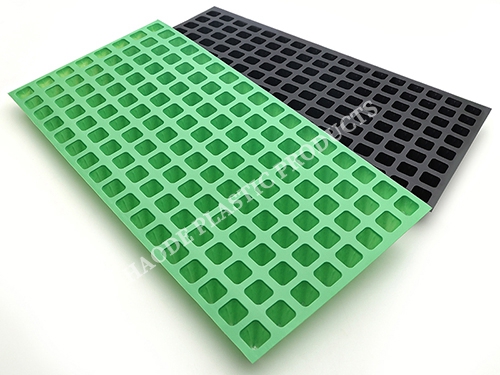
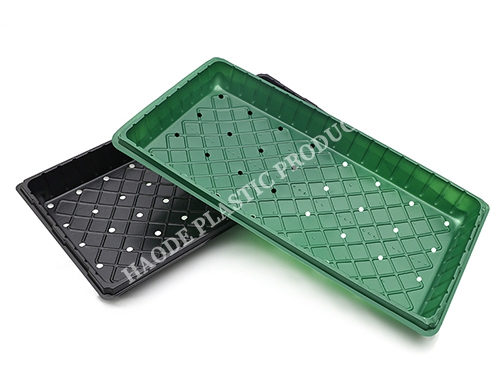
Well-designed seedling trays not only keep seedlings upright but also protect the fragile soil plugs and roots. For commercial growers, purchasing durable trays directly from a China manufacturer with verified bulk supply capability ensures consistent quality and reliable delivery for every batch.
1. The Importance of Secure Seedling Transport
Transportation subjects seedlings to constant motion and environmental change. Inadequate packaging or low-strength trays can cause plugs to collapse or seedlings to uproot, resulting in transplant loss.
Professional growers rely on transport trays that combine rigidity, aeration, and ergonomic handling. A strong tray functions as both a container and a stabilizer, maintaining soil integrity while minimizing shock during movement. Studies have shown that even small improvements in tray design can significantly reduce post-transport mortality rates.
2. Engineering Features That Enhance Safety
The structure of a tray directly influences plant stability during transport. High-quality trays typically share these design characteristics:
a. Strengthened Frame
Reinforced edges and thicker walls prevent bending under the weight of multiple layers. Premium nursery trays often use double-layer polymer construction for additional rigidity.
b. Nestable and Stackable Design
Efficient stacking prevents lateral movement during loading or transit. Trays with interlocking lips and stable bases reduce sliding, protecting seedlings from mechanical stress.
c. Airflow Management
Proper ventilation is essential. Strategically placed holes allow heat and moisture to escape, reducing the risk of fungal growth or heat buildup during shipping.
d. Ergonomic Handling
Rounded grips and reinforced corners make trays easier to lift, reducing labor fatigue and accidental drops during transportation.
3. Selecting the Right Tray Material
Material choice defines tray durability, flexibility, and environmental footprint. Common options include:
·Polypropylene (PP): Lightweight yet strong, resistant to chemicals and UV light; ideal for long-term reuse.
·High-Impact Polystyrene (HIPS): Rigid, impact-resistant, and well-suited for stackable transport trays.
·Biodegradable Fiber Pulp: Environmentally friendly and compostable, but better for short-distance use.
Top China manufacturers can customize material blends to achieve specific hardness and temperature resistance—proof of their factory-level bulk production capacity and quality control standards.
4. Matching Tray Size to Seedling Type
No single tray size fits all crops. The correct cell configuration depends on plant species, root structure, and transport distance:
·Small-cell trays (128–200 cells): Best for quick-growing greens and herbs with compact roots.
·Medium-cell trays (72–105 cells): Standard option for vegetables and ornamentals.
·Large-cell trays (32–50 cells): Suitable for fruit trees, vines, or crops with extended root systems.
Customizing these dimensions helps balance tray weight and airflow during shipping. Many Chinese suppliers now provide OEM customization, confirming their credibility as large-scale manufacturers for professional agriculture.


5. Practical Handling Tips for Damage-Free Transport
Even the strongest trays can’t prevent damage if mishandled. Follow these professional guidelines to protect seedlings:
1.Pre-moisten soil to stabilize plugs before movement.
2.Stack trays evenly and secure them with bands or dividers.
3.Avoid direct sunlight during transport to prevent overheating.
4.Clean trays regularly to stop cross-contamination between batches.
Consistent handling practices combined with durable tray design guarantee the safest delivery conditions for young plants.
6. Sustainability and Long-Term Use
With sustainability becoming a major concern, more growers are switching to recyclable or biodegradable trays. Reusable plastic trays, when properly sanitized, can last multiple seasons, significantly reducing plastic waste.
Many China-based manufacturers now adopt recycled PP in production, achieving both durability and eco-friendliness. Their bulk supply systems also minimize transportation carbon footprint by consolidating large orders efficiently .
This balance between performance and sustainability reflects modern horticulture’s focus on greener logistics.
Conclusion
Ensuring seedlings arrive safely at their destination starts with choosing the right transport trays. The best options combine strong materials, smart airflow design, and stackable geometry to maintain stability and freshness throughout the journey.
By sourcing professional-grade seedling trays directly from a China manufacturer with proven bulk supply capacity, growers gain both reliability and scalability. In the long run, investing in the right trays means healthier plants, lower losses, and a smoother transition from nursery to field.
References
GB/T 7714:McGrath D, Henry J, Munroe R, et al. From propagation to field: Influence of tray design on tree seedling quality and performance[J]. Journal of Environmental Horticulture, 2021, 39(1): 33-40.
MLA:McGrath, Darby, et al. "From propagation to field: Influence of tray design on tree seedling quality and performance." Journal of Environmental Horticulture 39.1 (2021): 33-40.
APA:McGrath, D., Henry, J., Munroe, R., & Williams, C. (2021). From propagation to field: Influence of tray design on tree seedling quality and performance. Journal of Environmental Horticulture, 39(1), 33-40.

The CNC Seed Braiding Machine is a high-precision, fully automated agricultural equipment s...
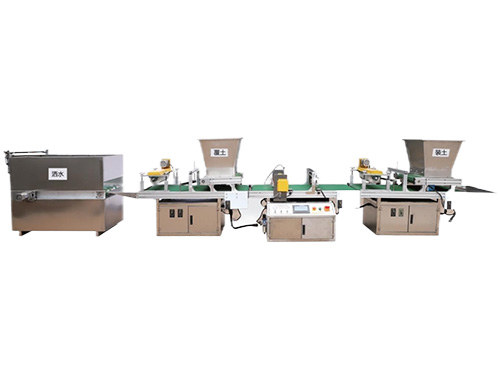
It adopts electrical integration and can be started by pressing the fully automatic button ...
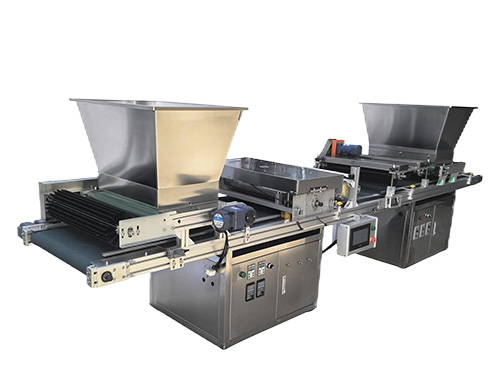
The XP750 seeder has stable performance, excellent product quality, simple and convenient o...
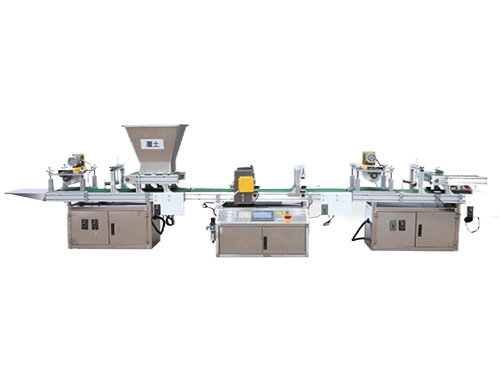
It adopts electrical integration and can be started by pressing the fully automatic button ...



